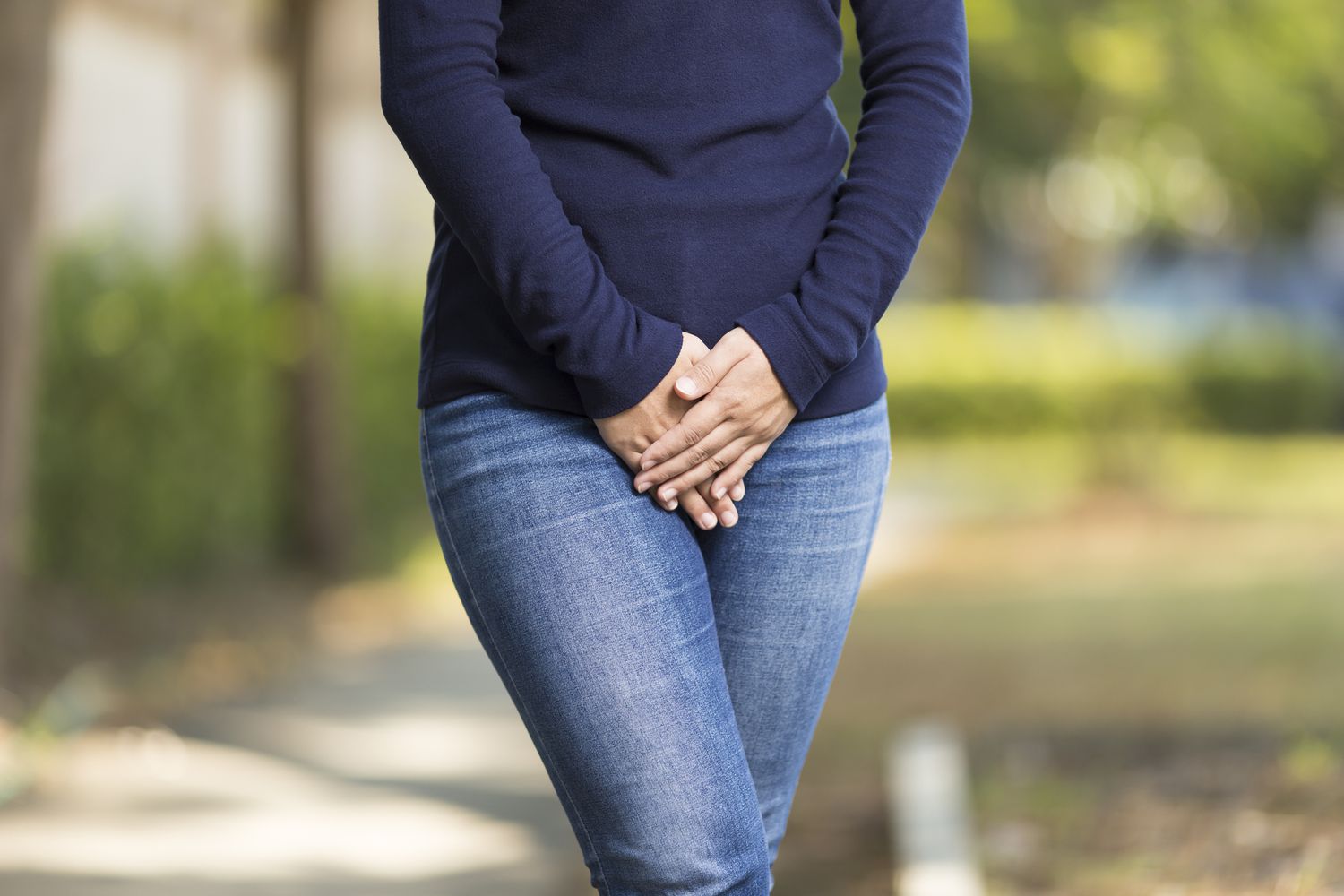
What is Irritable Bladder Syndrome? Irritable Bladder Syndrome, also known as Overactive Bladder (OAB), is a chronic condition that affects millions worldwide. It involves a sudden, intense urge to urinate, often leading to involuntary leakage. This condition can disrupt daily life, causing frequent trips to the bathroom and even waking you up at night. Imagine needing to go urgently while stuck in traffic or during an important meeting. OAB can be frustrating and embarrassing, impacting your social life and mental well-being. Understanding its symptoms, causes, and treatments can help manage this challenging condition effectively.
Understanding Irritable Bladder Syndrome
Irritable Bladder Syndrome, also known as Overactive Bladder (OAB), affects millions of people globally. It can significantly impact daily life, causing discomfort and inconvenience. Let's dive into some key facts about this condition.
-
Definition and Prevalence
OAB is characterized by a sudden urge to urinate, often accompanied by increased frequency and nocturia. Around 36% of men and 43% of women over 40 experience OAB symptoms. -
Symptoms
The main symptoms include urinary urgency, frequent urination during the day, and waking up at night to urinate. Urgency can sometimes lead to involuntary leakage. -
Impact on Quality of Life
OAB can lead to physical, psychological, and social issues. The unpredictability of symptoms often causes frustration and embarrassment, limiting daily activities.
Exploring the Causes and Risk Factors
Understanding what contributes to OAB can help in managing it better. Here are some theories and risk factors associated with the condition.
-
Neurogenic Theory
This theory suggests a reduction in inhibitory neural impulses and an increase in afferent impulses from the bladder trigger the voiding reflex. -
Myogenic Theory
According to this theory, the detrusor muscle becomes more sensitive to stimulation, leading to increased spontaneous activity. -
Autonomous Bladder Theory
This theory proposes that alterations or exacerbations of phasic activity are generated by muscarinic stimulation. -
Afferent Signaling Theory
Spontaneous bladder contractions during filling result in increased afferent output, leading to the awareness of bladder filling. -
Age and Gender
OAB is more common in individuals over 40, with women more likely to experience urgency urinary incontinence and men more likely to experience increased daytime frequency.
Diagnosis and Treatment Options
Diagnosing and treating OAB involves a combination of clinical evaluation and various treatment strategies. Here’s what you need to know.
-
Diagnosis
Diagnosing OAB typically involves clinical evaluation and urodynamic testing to measure bladder and urethra function, confirming detrusor overactivity. -
Pharmacological Treatments
Medications like antimuscarinic drugs reduce bladder contractions by blocking muscarinic receptors. Other options include β3-agonists and intravesical botulinum toxin A. -
Behavioral Therapies
Bladder training, pelvic floor exercises, and lifestyle modifications can effectively manage OAB symptoms. These methods help improve bladder capacity and muscle strength. -
Lifestyle Modifications
Maintaining a healthy weight, avoiding caffeine and alcohol, and managing stress can help alleviate OAB symptoms by reducing bladder irritability.
Advanced Treatment and Impact
For severe cases, advanced treatments and understanding the broader impact of OAB are crucial.
-
Surgical Interventions
When conservative treatments fail, procedures like augmentation cystoplasty or sacral neuromodulation may be necessary to increase bladder capacity or stimulate bladder-controlling nerves. -
Impact on Daily Activities
OAB can disrupt work, social interactions, and personal hygiene. The anxiety and depression resulting from unpredictable symptoms further complicate the condition. -
Economic Impact
OAB leads to significant healthcare costs due to frequent medical visits, diagnostic tests, and treatments. Lost productivity and absenteeism from work also contribute to the economic burden.
Awareness and Co-Existing Conditions
Raising awareness and understanding co-existing conditions can improve OAB management.
-
Awareness and Education
Despite its prevalence, OAB remains under-recognized. Increased awareness and education among the public and healthcare providers are crucial for early diagnosis and effective management. -
Challenges in Diagnosis
The nonspecific nature of OAB symptoms makes diagnosis challenging. Thorough clinical evaluation and patient education are essential for accurate diagnosis. -
Co-Existing Conditions
OAB often co-exists with chronic pain disorders like interstitial cystitis, characterized by chronic bladder pain and urinary frequency, exacerbating OAB symptoms. -
Youth with Abdominal Pain-Associated Disorders
OAB symptoms can also affect youth with abdominal pain-associated disorders of gut–brain interaction. Increased urinary frequency and urgency are common in these patients. -
Gender Differences
Women are more likely to experience urgency urinary incontinence, while men are more likely to experience increased daytime frequency. Understanding these differences is crucial for tailored treatment approaches.
Final Thoughts on Irritable Bladder Syndrome
Irritable Bladder Syndrome, or Overactive Bladder (OAB), affects millions, disrupting daily life with symptoms like urinary urgency, increased frequency, and nocturia. Understanding its complex pathophysiology, which includes neurogenic and myogenic theories, helps in managing the condition. Risk factors such as age and gender play a significant role, with women often experiencing urgency urinary incontinence and men facing increased daytime frequency. Effective management combines pharmacological treatments, behavioral therapies, and lifestyle modifications. Awareness and education are crucial for early diagnosis and better outcomes. Despite its prevalence, OAB remains under-recognized, highlighting the need for more attention from healthcare providers. Future research should focus on the relationship between OAB and other conditions like IBS to develop more effective treatments. By addressing these aspects, we can improve the quality of life for those affected by this challenging condition.
Was this page helpful?
Our commitment to delivering trustworthy and engaging content is at the heart of what we do. Each fact on our site is contributed by real users like you, bringing a wealth of diverse insights and information. To ensure the highest standards of accuracy and reliability, our dedicated editors meticulously review each submission. This process guarantees that the facts we share are not only fascinating but also credible. Trust in our commitment to quality and authenticity as you explore and learn with us.


